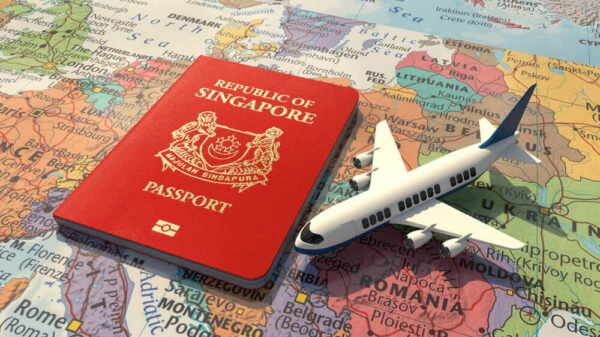The Growth of Cross-Border Trade in the Asia Pacific Region
The Asia Pacific region has emerged as a major player in global trade, with cross-border trade becoming increasingly important for economic growth and development. As countries in the region continue to open up their markets and embrace globalization, the opportunities for cross-border trade have multiplied.
One of its key drivers in Asia Pacific is the rapid growth of e-commerce. With the advent of digital technology, businesses can now easily connect with customers across borders, opening up new markets and expanding their customer base. This has led to a surge in cross-border e-commerce, with consumers in one country being able to purchase products from another country with just a few clicks.
Opportunities in Cross-Border Trade
Cross-border trade offers numerous opportunities for businesses in the Asia Pacific region. By expanding their reach beyond their domestic markets, companies can tap into a larger consumer base and increase their sales and revenue. This is particularly beneficial for small and medium-sized enterprises (SMEs), which may not have the resources to establish a physical presence in foreign markets.
Furthermore, cross-border trade allows businesses to take advantage of cost differentials and access cheaper inputs or labor. For example, a manufacturer in one country may find it more cost-effective to source raw materials from another country, resulting in lower production costs and increased competitiveness.
In addition to economic opportunities, cross-border trade also fosters cultural exchange and collaboration between countries. By engaging in trade, countries can learn from each other’s best practices, exchange knowledge and expertise, and promote understanding and cooperation.
Challenges in Cross-Border Trade
While it presents significant opportunities, it also comes with its fair share of challenges. One of the main challenges is the complexity of international regulations and trade barriers. Each country has its own set of rules and regulations governing imports and exports, which can create barriers to trade and increase the cost of doing business.
Another challenge is the logistics and infrastructure required. Efficient transportation networks, reliable customs procedures, and streamlined logistics are essential for the smooth flow of goods across borders. However, inadequate infrastructure and bureaucratic hurdles can hinder trade and increase costs.
Cultural and language differences can also pose challenges. Understanding the cultural nuances and business practices of different countries is crucial for building successful relationships and conducting business effectively.
Cross-border trade in the Asia Pacific region offers significant opportunities for businesses to expand their reach, increase their revenue, and foster collaboration between countries. However, it is important to navigate the challenges associated with international regulations, logistics, and cultural differences. By addressing these challenges and leveraging the opportunities, businesses can thrive in the dynamic and interconnected world.



































